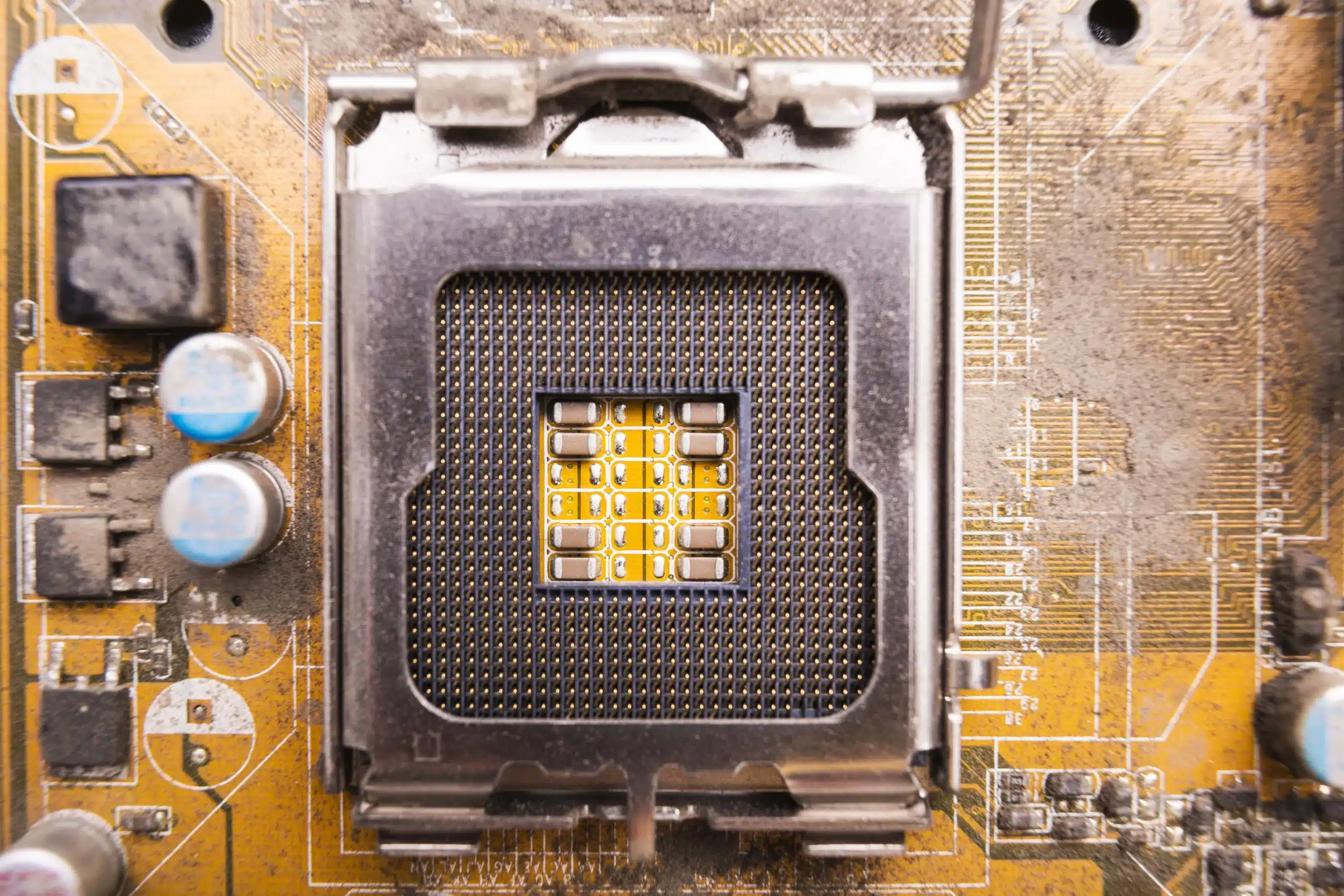
Introduction
RF (Radio Frequency) transformer systems are significant in various electronic applications, including telecommunications, radar systems, and wireless communication devices. These transformers are essential for impedance matching, voltage transformation, and signal isolation. However, in real-world scenarios, RF transformer systems often face non-idealities that can significantly impact their performance. This article explores the various design approaches and techniques used to address these non-idealities, ensuring the efficiency and reliability of RF transformer systems.
Understanding Non-Idealities in RF Transformers
Non-idealities refer to deviations or departures from ideal or theoretical behaviour in various systems or processes. In the context of RF systems, understanding non-idealities is crucial for accurate modelling, analysis, and practical applications. These imperfections can have significant impacts on the performance of RF transformers.
Causes of Non-Idealities in RF Transformer Systems
Non-idealities in RF transformer systems can arise from several factors affecting the performance and efficiency of the transformer. Some common causes include:
- Parasitic Elements: Parasitic elements, such as stray capacitance and inductance, are inherent in any physical component. In RF transformers, these parasitic elements can lead to impedance mismatches, signal loss, and reduced bandwidth.
- Core Material Imperfections: The choice of core material in RF transformers is critical. Core materials may exhibit hysteresis, saturation, and losses at higher frequencies, leading to distortion and reduced efficiency.
- Manufacturing Tolerances: Manufacturing variations can result in dimensional deviations, affecting the transformer’s electrical properties. These tolerances must be accounted for in the design.
- Temperature Effects: Temperature changes can alter the electrical characteristics of RF transformers, especially in extreme environments. Non-idealities related to temperature must be addressed for reliable operation.
Design Approaches to handle Non-Idealities in RF Transformer Systems
To overcome the challenges posed by non-idealities, RF transformer designers employ various strategies, such as:
High-Quality Core Materials
Selecting the appropriate core material is a crucial initial step. High-quality ferrite cores with low hysteresis and saturation characteristics are preferred for RF transformers. Choosing a core material that can operate over a wide temperature range helps mitigate temperature-related non-idealities.
Advanced Core Geometries
Designers often opt for advanced core geometries, such as toroids or multi-aperture cores, to minimise stray capacitance and inductance. These geometries enhance the transformer’s ability to maintain high performance over a broader frequency range.
Precision Manufacturing and Tight Tolerances
Manufacturing precision is vital to minimise non-idealities stemming from dimensional variations. Tight manufacturing tolerances and quality control measures ensure consistency across production batches.
Magnetic Shields
Magnetic shields can be employed to reduce external magnetic interference and improve isolation in RF transformers. Properly designed shields help mitigate unwanted coupling and maintain signal integrity.
Compensation Networks
Compensation networks, consisting of passive components like capacitors and inductors, can be integrated into the transformer circuitry to counteract the effects of parasitic elements. These networks help maintain the desired impedance and frequency response.
Temperature Compensation
To address temperature-related non-idealities, designers may incorporate temperature-compensating components or materials into the transformer design. Temperature sensors and feedback loops can be used to adjust parameters in real time as temperature fluctuations occur.
Using Advanced Simulation and Modeling Tools Can Optimise RF Transformers’ Performance
Before the physical construction of an RF transformer system, thorough simulation and modelling are essential steps to anticipate and mitigate non-idealities. Advanced software tools and electromagnetic simulation packages allow designers to predict and analyse the behaviour of transformers under different operating conditions. These simulations fine-tune the design parameters and help in optimising the transformer’s performance.
Impedance Matching Techniques in RF Transformer Systems
Impedance matching is a critical aspect of RF transformer designs, and non-idealities can disrupt this crucial function. To maintain impedance matching, several techniques are employed:
Lumped Element Matching Networks
Lumped element matching networks, consisting of capacitors and inductors, are added to the transformer circuitry to adjust the impedance and compensate for non-idealities. These networks can be tuned to achieve the desired matching characteristics.
Transmission Line Transformers
Transmission line transformers are designed to operate in a specific impedance range and are less susceptible to non-idealities compared to conventional transformers. These transformers are often preferred in high-frequency applications.
Multilayer Transformers
Multilayer transformers utilise multiple windings on different layers to achieve precise impedance matching – mitigating the effects of stray capacitance and inductance.
Incorporating Feedback and Control Systems Also Work
In some RF transformer systems, using feedback and control systems can be beneficial to monitor and adjust the transformer’s performance continuously. These systems can compensate for non-idealities in real time by modifying parameters like turn ratio, coupling coefficient, and compensation network values.
Final Thoughts
Designing RF transformer systems that can handle non-idealities is critical for achieving optimal performance in various applications. These non-idealities can arise from multiple factors, causing significant challenges. However, by understanding the inherent non-idealities, implementing appropriate design approaches, and using simulation and modelling tools, designers can overcome these challenges. The complete insights from the article help ensure the RF transformer systems remain efficient and reliable, even in demanding operating conditions.





















